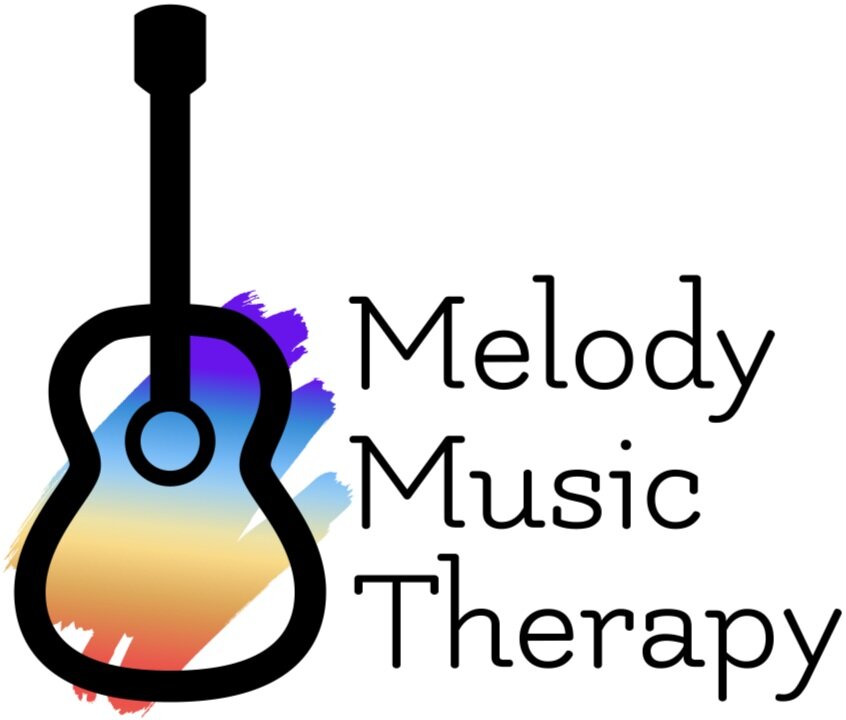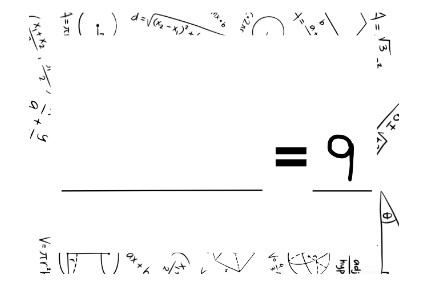August Music Lesson Resource
Happy back to school, everyone!
Let’s kick off the school year with a little bit of musical math. This month’s teaching resource is an interactive music equation board.
Table of Contents:
What’s Included
Set Up
How it Works
Expansion Ideas
What theory concepts does this support?
Link to PDF
What’s Included:
An equation board
8 rhythmic notation cards
Set Up:
Print out pdf (print as many card pages as you’d like. See Expansion Ideas for more information) and cut out cards
Laminate equation board and cards
Grab a dry erase marker and you’re ready to go!
How it Works:
This game is for the puzzler among your students- the mathematician. You will be creating math equations, using rhythmic notation instead of numbers. I use this game in two different ways:
Option one- arrange your rhythm cards in the blanks, adding in plus signs with a dry erase marker. Then have your student fill in the sum of the beats in the equation. Up the challenge and add as many rhythmic cards as you’d like! See example below
The student would then write in the sum of the beat values in the blank as a numerical value.
Option two- use a dry erase marker to write in the sum, and have your student fill in the addends using the notation cards.
Expansion Ideas:
Want to add in some more theory practice? Instead of writing in addition signs, draw ties! Want to include a subtraction element? Have the rests indicate “take away” and notes indicate “add.” You can even increase the thrill by giving them additional challenges such as, “solve this equation using exactly four cards,” or “solve this equation using at least one half note.” For this option, you may want to print out multiple pages of the rhythm cards so that symbols can be used more than once.
My kids love writing equations for me to solve as well. This is of course a great way for them to think through the process of solving the equation and what symbols hold how many beats. Plus, it always seems to be fun to grade the teacher!
What theory concepts does this support?
Rhythmic note/rest values, ties (in expansion idea)
Link to pdf:
Mikaila Vieyra, LPMT, MT-BC


